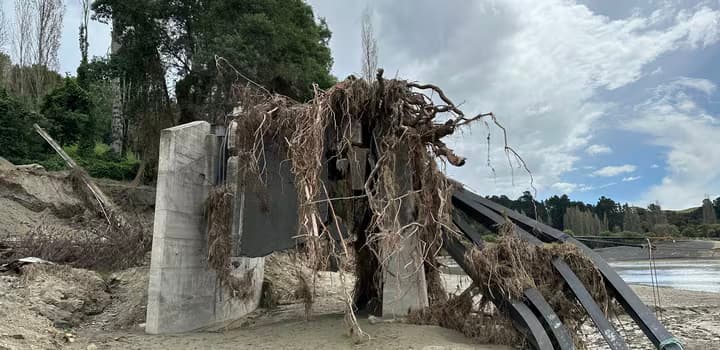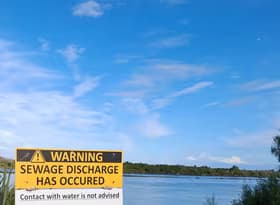A more frequent state of emergency

Resilience continues to be an important long-term factor for the New Zealand economy, and our Chart of the Month highlights the continued emergency challenges we face over time. Contemplating an emergency as a regular occurrence in business and local planning is becoming vital, as emergency events become more frequent.
Future planning should consider emergencies as BAU
As the Chart of the Month shows, so far in 2025, New Zealand has experienced 72 days where different parts of New Zealand have been under a declared State of Emergency. This number is up from the 61 days experienced last year, but below the 91 seen in 2023 (which included the response to Cyclone Gabrielle).
The number of state of emergency days in New Zealand has averaged 66.6 a year over the last five years, with a more broadly consistent volume being seen in recent times.
In fact, over the first 12 years since the Civil Defence Emergency Management Act 2002 (CDEM) came into effect, compared to the most recent 12 years, the number of state of emergency days has increased from 173 to 583 – a 237% increase.
Of the various events, 41% were severe weather, another 39% were for flooding (usually associated with severe weather, and 8% were for earthquakes, with a few other categories scattered through.
Previously infrequent events are becoming more frequent, and decision makers now need to incorporate resilience in a different way than before. Increasingly, the volume of state of emergency days suggests that “business-as-usual” (BAU) should incorporate responding to an emergency event as a more frequent, rather than infrequent, occurrence.
A note on the data
The data on states of emergency being declared does include some caveats, including that there has been, at least anecdotally and in the media, more commentary of pre-emptive or early declarations of a state of emergency to allow for better coordination ahead of an event. The different states of emergency can also cover overlapping time periods, but are recorded as different local states of emergency.
 Brad Olsen
Brad Olsen



